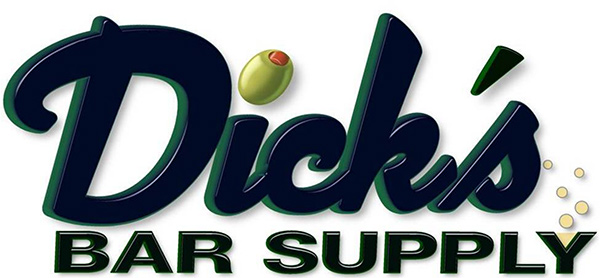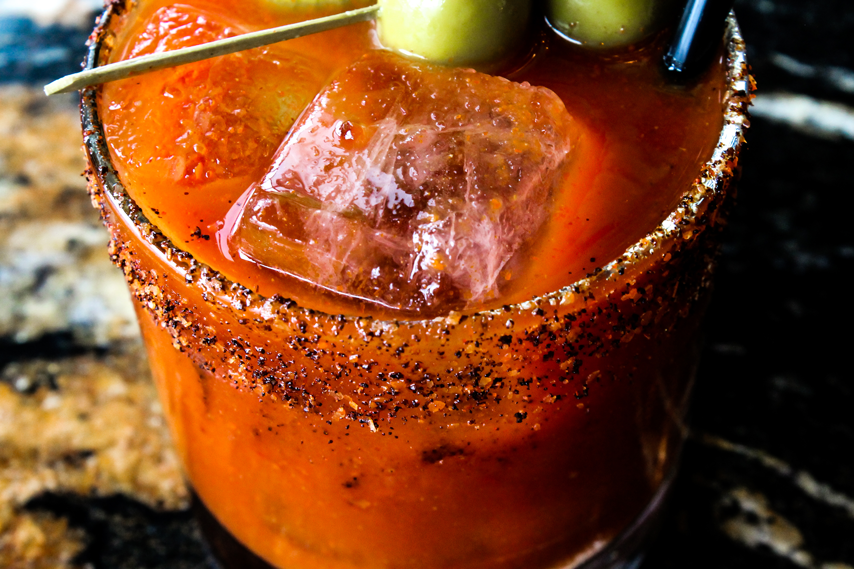Bloody Mary is a classic cocktail containing vodka, tomato juice, and combinations of other spices and flavorings. What makes the Bloody Mary so popular? Is it its notoriety for curing hangovers at a Sunday brunch? Is it the spicy concoction that goes so well with food, especially seafood? Maybe it’s the extreme garnish, a full meal at some places, that sits on top of the tall glass? Or is it just the tomato juice and vodka combination that is so appealing to the bar goers?
It is one of the few classic recipes that the bartenders can put their spin on and get creative with. No matter how you make it, the Bloody Mary is a great way to start off your Sunday morning. Like the cocktail itself, its name and origin is open to interpretation.
Most people associate the “Bloody Mary” cocktail with Mary Tudor, Mary I of England and Ireland, known for her bloody reign. During her five-year reign, she had over 280 Protestants burned at the stake which led to the name. History doesn’t tell us exactly how this monicker got attached to a vodka drink invented centuries later. But the story of her bloodthirsty rule is the tale people tell most commonly when they describe the history of the drink.
A second anecdote transports us far from medieval England to the saloons of Chicago in the early 1900s. The “Bucket of Blood Saloon” was known for its bloody bar fights where the drunken customers would bleed all over the floor. One unfortunate waitress named Mary had to mop the floor and wash away the blood and spilled beer. It’s hard to tell whether this particular story is true and the spicy tomato juice cocktail we all love today was named after that particular unfortunate barmaid.
Not all of stories about the Bloody Mary are full of death and gore. In fact, one of them is more comedic than grim. It was told by George Jessel, an American comedian and vaudeville actor who claimed that he invented the drink. Jessel had a friend named Mary Brown Warburton who took a sip of this new concoction and spilled some of the vivid liquid down the front of her ivory evening dress. Mary made a joke of it by exclaiming, “Now you can call me the Bloody Mary!” and the name caught on.
Some think that the name simply came from a failure to pronounce the Russian syllables of a drink called “Vladimir”. This version of the story might actually have some validity to it, since in the 1920s, as Prohibition closed bars in the United States, some high-end American bartenders came to France looking for work. They brought a new idea – cocktails, mixed drinks to the French who were more accustomed to drinking wine. At the same time, Paris was a refuge for a lot of Russians escaping the Communist revolution back home, and they brought this new stuff called vodka. Vladimir Smirnov (does Smirnoff Vodka ring a bell?) took over his father’s vodka company, fled Russia and popularized this spirit in France. It’s possible that the drink was named after him.
It’s hard to tell which one of these anecdotes is true without going back in time and asking the first bartender who put this concoction together. Most researches agree that this beloved classic was born at Harry’s New York Bar in Paris. Back in the 20s, a bartender there mixed Worcestershire sauce with tabasco, salt and pepper, fresh lemon juice, vodka and tomato juice, and voila!
At Dick’s Bar Supply we think a secret to a great Bloody Mary is in a great Bloody Mary Mix.
It’s a versatile drink that inspires many interpretations, at a Mexican restaurant you get a Bloody Maria, just add tequila. At a sake bar it’s made with a Japanese vodka and wasabi and called Bloody Mako. Adding clam juice to the tomato juice mix will create a Bloody Caesar, which is extremely popular in Canada. Adding beef broth brings a rich taste to the drink and creates a Bloody Bull.
Whichever origin story you choose to believe is completely up to you. However, there are two etiquette rules one shouldn’t break: don’t wear white after Labor Day and don’t drink a Bloody Mary after sundown.

